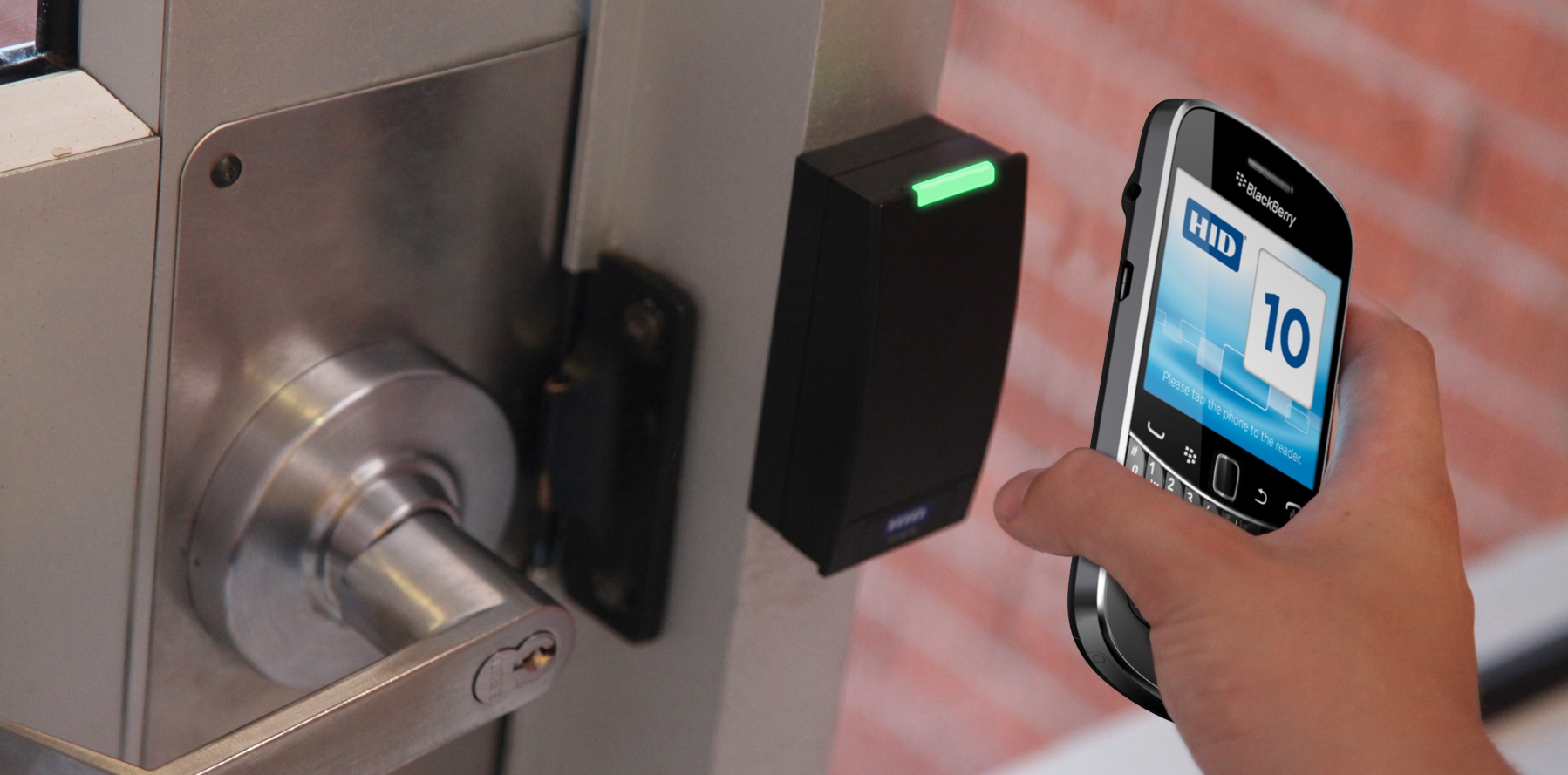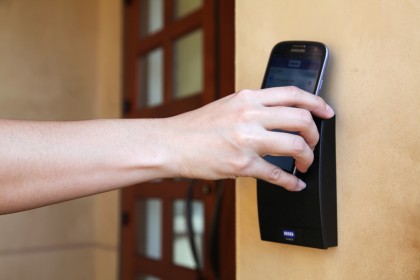How can NFC help SMBs?
Using near field communication can help you target customers and increase security

It is not yet a widely used technology, but the number of near field communication (NFC) smartphones is growing. The technology, which can transmit over 4cm distances, allows two devices to exchange information.
NFC has been around for years, but it has been held back by a lack of enabled handsets. One of its current uses is in 'contactless payment' bank cards, where customers pay for goods by tapping the terminal, rather than entering a PIN.

But the ability to pay using NFC is set to expand to mobile phones: globally, more than half of smartphones are NFC enabled, including the top end of Samsung's Galaxy range; Nokia's Lumia devices; and newer BlackBerry handsets.
NFC is cheap to try out and you can implement the basics yourself, making it ideal for SMBs. It can help you interact with your customers, delivering content to their mobile phones, as well as working as an access control system at the back end.
Getting involved with NFC is relatively simple: the first stop could be Amazon, which sells small stickers and key fobs containing unpowered chips, called NFC tags, in packs of 20. Using a smartphone app, you can program the tag to interact with your phone when you touch the two together.
NFC's uses
With around 200 NFC handset models on the market, the technology is becoming more accessible, according to Informa Senior Analyst Guillermo Escofet. But he adds: "The big problem is that Apple is yet to release an NFC enabled iPhone and that is really holding back the market."
Despite this setback, NFC is an "enabling" technology, according to GSMA Senior Programme Director, Mobile Commerce, James Heaphy. But it needs some kind of interaction to work: "It doesn't do anything on its own," he says. "You need a transaction or interaction."
Sign up to the TechRadar Pro newsletter to get all the top news, opinion, features and guidance your business needs to succeed!
The ability to pay using NFC has the potential to cut costs and increase revenues in many industries. "If you don't have money on you, you can just use your phone," Heaphy says. For example, NFC was "made in heaven" for vending machine companies, he adds, as it allows consumers to simply tap their phone on the machine to pay. Meanwhile, cash doesn't need to be kept in the machines, making them less likely to suffer break-ins.
On top of its use in payments, NFC technology is also beneficial in advertising and promoting customer loyalty. Heaphy cites the example of a Guinness campaign run by NFC firm Proxima. "There was an NFC tag on the hand pump in the pub and users could tap it and collect points for brand awareness and loyalty building," he says.
Marketing
Because NFC involves the mobile network, UK operators including EE and Vodafone are heavily pushing the technology. They say consumers are receptive to the marketing that comes with NFC, as many of their customers are opting in for targeted advertising via text messages.
The anonymous data generated by mobile customers tells you the age of the person, their gender and where they live. This information can then be used by advertisers to target them with relevant offers and vouchers.
NFC is also useful at trade conferences and events as it allows delegates to exchange business cards via their phones. It can be used on vendor stands, so that when potential customers download a brochure, their details are uploaded in exchange.
Access control
NFC has back-end abilities too: SMBs can use the technology to create a reliable method of access control. Making use of 'everyday' technology such as smartphones can help smaller businesses maximise tight security budgets, says Harm Radstaak, MD EMEA of HID Global.
"The ability to open doors as part of a physical access control system is gaining momentum," Radstaak says. "Thanks to advancements in NFC, smartphones can be transformed into 'digital keys', essentially replicating the existing card-based access control principles and models via an embedded credential inside the handset."
This means a smartphone, rather than a card, communicates identity information to the recipient card or door reader via NFC. The identity is passed to the existing access control system for authentication before opening the door.

NFC used in this way can also give people different access levels, reducing the cost of identity cards. "Equally, this can be used for access to data," Heaphy adds. "And these things can be updated over the air."
The move to NFC is only just beginning, and when it steps up further, the technology could make a huge difference to many firms. It's something that's easy to try out, using the NFC tags from Amazon, before consulting a specialist about expanding out.
Meanwhile, as the area continues to grow, off the shelf services should soon become readily available. "NFC will be here sooner rather than later," Heaphy says.